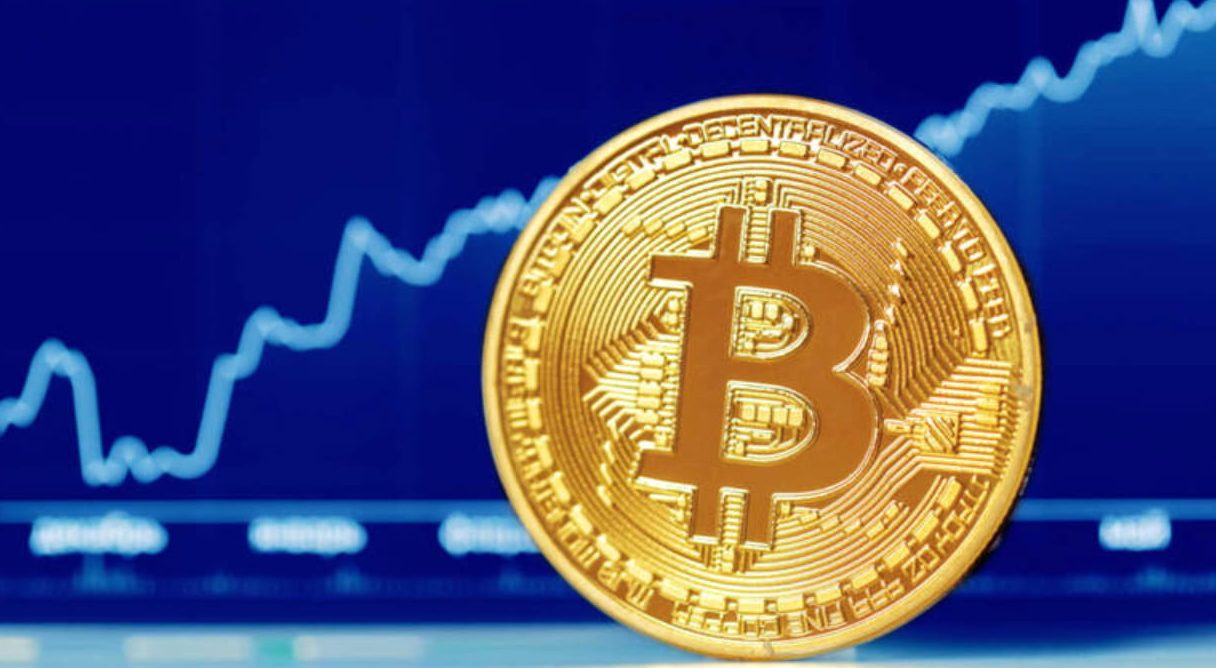Gold vs Bitcoin. The worldwide stock market bounce has been important for investors and traders. Many are reviewing their portfolios and considering trading precious metals like gold and cryptocurrencies like Bitcoin when markets rise after downturns. Investors consider both assets alternatives to stocks, although they have different dynamics. In this article, we’ll examine gold and Bitcoin’s post-rebound features and offer trading strategies.
After volatility, stock markets worldwide have rebounded. As the economy stabilizes, investors must pick where to invest. This sparks interest in gold and Bitcoin for many.Gold vs Bitcoin Bitcoin, a newer digital asset, is perceived as a hedge against inflation and a store of value, while gold, a safe-haven asset, performs better during economic turbulence.
Bitcoin’s volatility has made it a more speculative investment than gold, which has historically been stable throughout crises. When the stock market recovers, gold and Bitcoin offer opportunities and challenges for traders who must balance risk and market view.
Although gold has long been considered as a secure investment in uncertain times, it nevertheless presents appealing possibilities even in a post-rebound situation. Gold prices have witnessed some dips following record highs, but this presents traders with fresh chances to think about their future actions.
Gold prices are sensitive to interest rates. Gold is more appealing when interest rates are low because it doesn’t pay interest and costs less than cash or bonds. Due to their higher yield than other investments, rising interest rates may make gold less desirable.
Traders must watch for interest rate changes since central banks like the Federal Reserve and European Central Bank are monitoring inflation and economic recovery. If low interest rates persist, gold may gain value.
Gold Trading Strategies
Technical analysis is essential for profitable gold trading entry and exit after a rebound. Support and resistance levels are critical in gold trading. Look for price consolidations and breakouts above or below technical levels to time entry and exits.

A favorable trend may begin if gold prices break $3,350 per ounce resistance. However, if gold falls below support levels like $3,200 per ounce, it may continue to fall.
ETFs like SPDR Gold Shares (GLD) simplify gold exposure without buying gold. ETFs are ideal for short-term trading since they reflect gold price movements and provide liquidity. GLD, which sells at $294 per share, is an easy option for those who don’t want to buy gold.
Investing in gold mining companies, whose profitability is directly related to the price of gold, is another tactic used by gold buyers. Although their volatility is bigger than that of physical gold, mining stocks have the possibility for more gains, particularly should the price of gold climb noticeably. To make wise selections, traders should investigate the financial situation of mining businesses and the expenses related to gold extraction, therefore performing due diligence.
Being a digital asset, bitcoin is more erratic than gold, which offers possibilities as well as hazards. As the stock market recovers and conventional assets inspire more investor confidence, Bitcoin’s function as a speculative investment becomes increasingly clear-cut. Still, its importance as a store of wealth and inflation hedge has only become more appreciated recently.
Bitcoin is affected by macroeconomic and legislative events. As governments and financial organizations worldwide build cryptocurrency systems, legislative changes must be monitored. Positive regulation in the US or EU might boost Bitcoin’s price, while negative regulation could cause big price drops.
Bitcoin’s performance also reflects economic concerns, including inflation, monetary policy, and geopolitical insecurity. Bitcoin has gained popularity as an inflationary alternative in countries with rising consumer costs. When inflation is high, Bitcoin’s distributed nature appeals to individuals seeking alternatives to government-backed currencies.
Given Bitcoin’s volatility, traders must properly control risk. One good tactic is to create stop-loss orders that will automatically close positions should prices fall below a particular threshold. Similarly, position sizing—limiting the size of trades concerning the whole portfolio—can assist in reducing risks related to unexpected price swings.
While some traders find Bitcoin’s volatility frightening, others see it as a chance for big gains. The secret is knowing your risk tolerance and not overstretching yourself into big positions that might cause big losses.
A long-term approach may be best for Bitcoin traders and investors. Though volatile, Bitcoin has grown rapidly, and many analysts expect its price to rise. Long-term users, known as “HODLers,” have profited from Bitcoin’s price explosion.

Long-term Bitcoin investors should build assets amid price falls and resist selling during market corrections. Knowing Bitcoin’s halving cycle, which occurs every four years and diminishes the incentive to mine new blocks, affects supply and price.
Although Bitcoin leads the way among the cryptocurrencies, many traders spread their risk by including Ethereum, Litecoin, and Binance Coin, amongotherss. By spreading over several digital assets, one can lower risk and create a path for further development chances. Before jumping in, though, it’s crucial to investigate the basics, development teams, and possible applications of every coin.
Final thoughts
For traders of gold and Bitcoin, the comeback in world stock markets presents fresh prospects. Gold is still a desirable investment because of its track record of stability during turbulent times. Conversely, Bitcoin presents great volatility, which may translate into large gains but also great hazards.
Effective trading plans for both assets combine risk management, technical analysis, and fundamental study. Whether you trade gold or Bitcoin, keeping current on macroeconomic events, interest rate policies, and legislative changes will give a strong basis for productive trading. Navigating this fascinating post-rebound market with confidence will depend on diversifying your portfolio, applying the correct tools—ETFs or stop-loss orders—and keeping a clear risk management plan.


